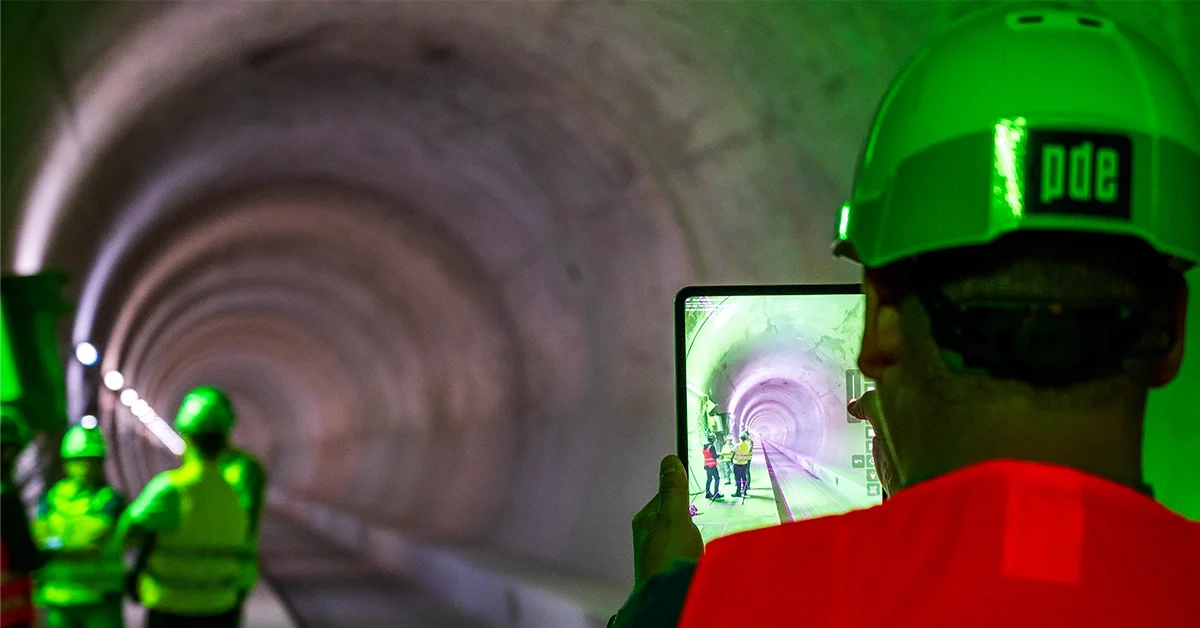Ultimate guide: How to successfully run a Pilot Project in Construction

Table of Contents
Share this post
What is a Pilot Project in Construction?
In construction, a pilot project is a small-scale, time-bound trial used to test a new tool, technology, process, or method on a real jobsite before committing to a full rollout.
Its purpose is to evaluate the solution’s impact under actual working conditions, identify potential risks or adjustments needed, and demonstrate measurable benefits (like time savings, cost reductions, or quality improvements).
A successful pilot provides data-driven validation and internal buy-in laying the groundwork for broader adoption across projects and teams.
Why running a Pilot Project in Construction?
The construction industry is known for recurring challenges like miscommunication between the office and the site, leading to delays and expensive rework. In the U.S. only, rework and conflict resolutions cost the industry over $177 billion annually.
While tools and technologies exist to address these issues, their effectiveness depends heavily on how they are implemented.
That is where a pilot project comes in. It allows construction teams to test new systems in a controlled, low-risk environment before committing to a full-scale implementation.
Running a pilot project offers several strategic advantages for construction teams:
- Risk Mitigation: A pilot project allows you to uncover technical or operational challenges early on, without impacting the broader construction workflow.
- Proof of Value: It demonstrates the practical benefits of a solution through measurable outcomes like improved efficiency, fewer errors, and saved time.
- Team Buy-In: Engaging stakeholders during the pilot phase helps build trust, address concerns, and foster smoother adoption across teams.
- Faster Adoption: The insights gained during a pilot help refine training, onboarding, and integration, thus, accelerating full implementation.
- Cost Control: A pilot ensures that only proven solutions receive further investment, allowing you to allocate resources wisely and minimize financial risk.
How to run properly a Pilot Project in Construction?
To run a successful pilot project, you need a structured approach, clear goals, and active team involvement. Here’s how to do it right:
Define clear objectives
You need to know exactly what you want to learn or prove with the pilot. Whether it is reducing rework, improving collaboration, or validating a new process. All of this needs to be clarified from the beginning since it sets the stage for data-driven results.
Choose the right scope
Keep the pilot manageable by selecting a specific area, phase, or team. It should be representative enough to provide useful insights, but not so large that it becomes unmanageable.
Involve key stakeholders early
We know that a construction project is feasible thanks to the team behind. It means including the project managers, superintendents, and end users of a project. Their input and engagement help ensure the pilot aligns with real needs and increases the chance of successful adoption later.
Train and support your team
The training and support of your team should never be overlooked. Equip your team with the knowledge and tools they need to confidently test the solution. This reduces friction and ensures the pilot is evaluated fairly.
Track and measure results
As for the step 1: define clear objectives, you will have to establish success criteria upfront (such as time savings, issue resolution speed, or reduction in errors) and monitor progress against those benchmarks.
Document lessons learned and gathered feedback
This part will not only help the tool or solution you chose to better understand future improvements to do. It will help you understanding what worked, what didn’t, and why. Thus, helping you refine the solution and prepare for a broader rollout.
Plan the scale-up
If the pilot is successful, use the insights gained to design a smooth and informed rollout across more teams or projects. Apply the lessons learned to optimize training, support, and integration for wider adoption.
Conclusion
Lorem ipsum dolor sit amet, consectetur adipiscing elit. Ut elit tellus, luctus nec ullamcorper mattis, pulvinar dapibus leo.
A well-executed pilot project is more than just a test. It is a strategic step toward meaningful innovation in construction. By starting with a focused scope, setting clear goals, and involving your team throughout the process, you can reduce risk and build confidence in new solutions.
Whether you are introducing augmented reality tools like GAMMA AR, adopting new workflows, or digitizing field operations, a pilot allows you to validate the impact before expanding further. It ensures that any new investment aligns with real project needs and long-term business objectives.
Take the time to approach it properly, and your pilot project can lay the foundation for smarter, faster, and more efficient construction across your organization.
